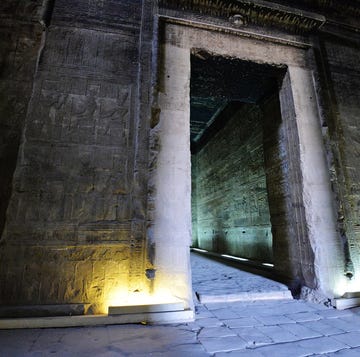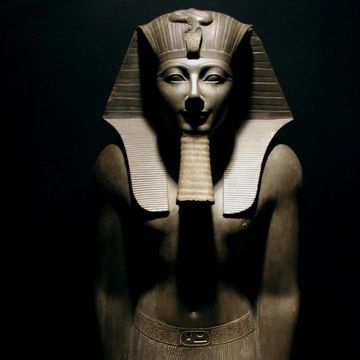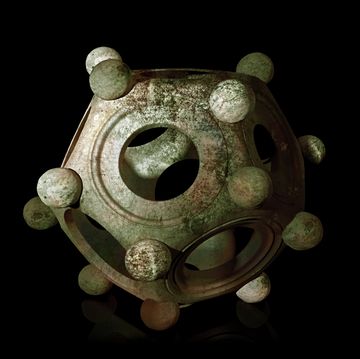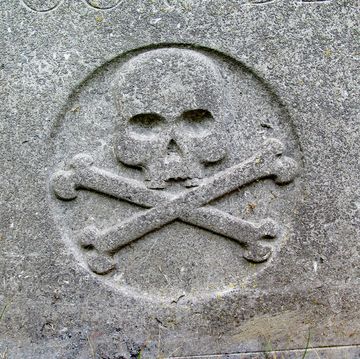- Two mysterious sarsen blocks of Stonehenge may have come from much farther away than originally believed.
- A new study places the origin of the stones up to 76 miles from the famous site.
- The mixture of locales from which Stonehenge stones originated seemingly continues to grow.
Stonehenge hasn’t given up all its mysteries just yet, even though scientists are working to cut them away one by one. The latest scientific effort has been pointed towards identifying the origin of a pair of unidentified sarsen stones—numbers 26 and 160—that don’t neatly fall into past identification efforts.
The results may stretch our understanding of Stonehenge a bit—76 miles southeast, to be more precise.
In a new study published in the Journal of Archaeological Science: Reports, researchers employed X-ray fluorescence spectrometry and inductively coupled plasma mass spectrometry to analyze the chemical composition of 54 sarsen stone fragments culled from the 5,000-year-old site. This allowed the team to show that stones located at England’s Stonehenge have a more diverse provenance than previously believed.
Over the past few years, scientists have traced the origins of many of the remaining 52 stones at the site. These stones fall into a variety of differing categories, some grouped together and others standing solitary. The bluestones of the inner circle come from the Preseli Hills in Wales, and a variety of the sarsen stones (made of silcrete sandstone) were traced in 2020 to roughly 19 miles from Stonehenge. That site, known as West Woods and located in the southeast Marlborough Downs, was a key source of stone for Neolithic people—both because of the widely available supply and natural access points.
But not all the sarsen stones were linked to West Woods, and stones 26 and 160 remained mysterious. Plus, some original Stonehenge stones no longer reside at the site, making tracing quite tricky.
The team looked to find a match for the non-West Woods stones by investigating sarsen debris that had been excavated from Stonehenge trenches in 2008. While much of the debris did tie to the Marlborough Downs area—which includes West Woods, Monkton Down, and Totterdown Wood—the team also matched some debris to Bramdean, Hampshire (31 miles away) and Stoney Wish in East Sussex (76.4 miles to the southeast).
“This adds a second likely source area for the sarsen megaliths at Stonehenge in addition to West Woods,” the authors wrote. “At this stage, we can only speculate on the reasons why sarsen stone from such diverse sources is present at Stonehenge.”
The team added that one of the fragments sourced from Monkton Down was part of a “flake removed from the outer surface of a large sarsen boulder, most probably during on-site dressing. This adds a second likely source area for the sarsen megaliths at Stonehenge in addition to West Woods.”
The additional fragments, including the ones linking to East Sussex, could have come from the outer surface of stones 26 or 160, which are chemically distinct from other sarsen megaliths. The fragment may also be part of a now-missing stone.
“It is also possible that the analyzed fragments were pieces of saccharoid sarsen hammerstones of their pre-forms, or small blocks brought on-site for ceremonial or non-ceremonial purposes,” the authors wrote.
All the team can know for sure is that not all the fragments originated in the West Woods. While the findings answer some questions, they are far from the last word when it comes to understanding Stonehenge.
Tim Newcomb is a journalist based in the Pacific Northwest. He covers stadiums, sneakers, gear, infrastructure, and more for a variety of publications, including Popular Mechanics. His favorite interviews have included sit-downs with Roger Federer in Switzerland, Kobe Bryant in Los Angeles, and Tinker Hatfield in Portland.













